Plant Trees
Plant trees for impact and help restore ecosystems around the world! Plant a Tree!
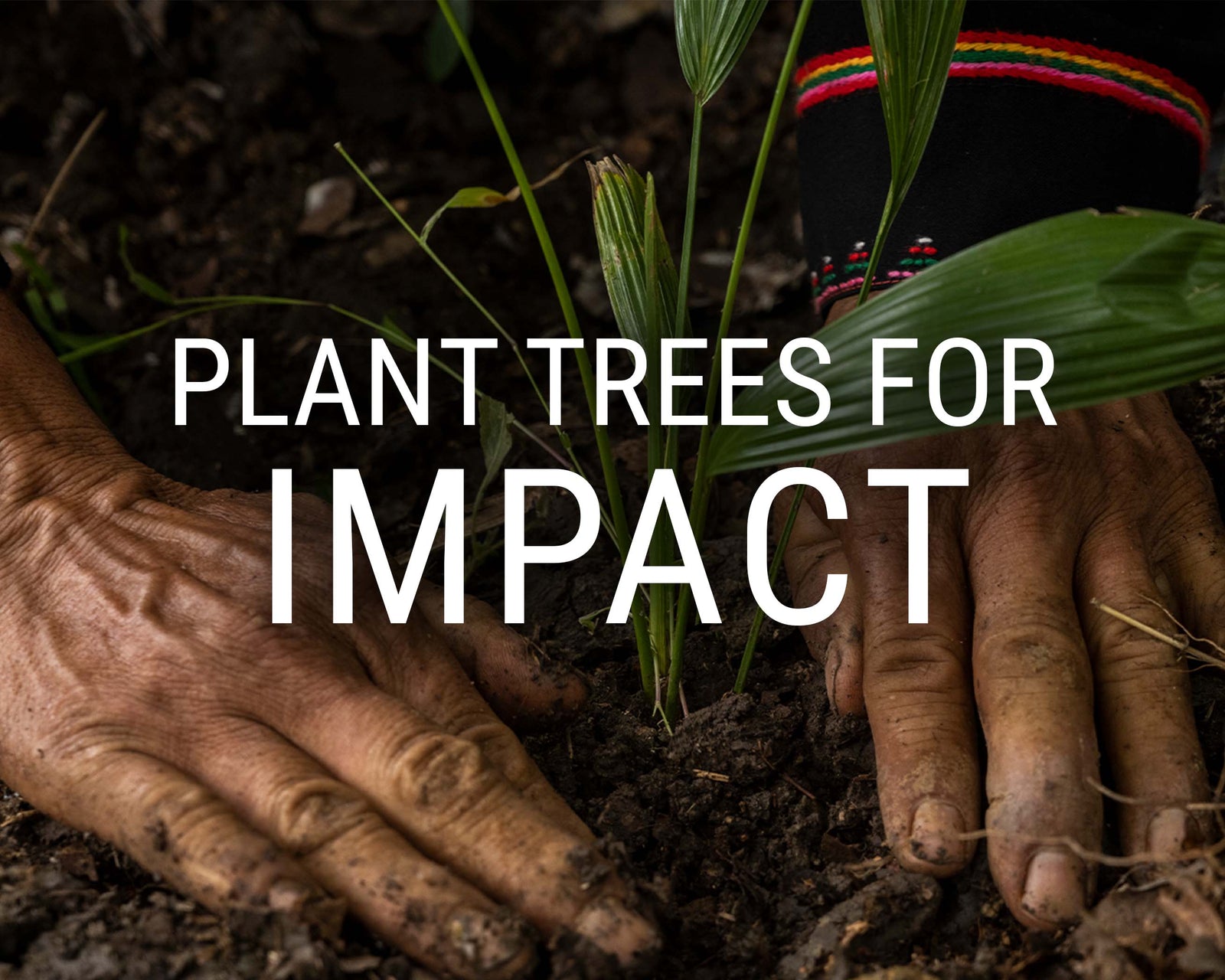
Plant trees for impact and help restore ecosystems around the world! Plant a Tree!
About
Stay up to date on major announcements, exciting collaborations, and more. Visit our Newsroom
We make it simple for anyone to plant trees, and together we can make an incredible impact. Learn more
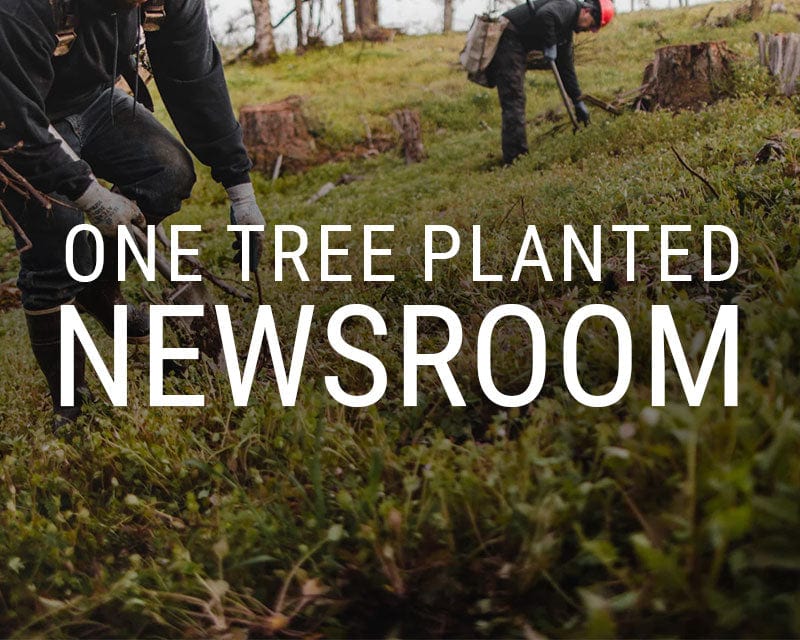
Stay up to date on major announcements, exciting collaborations, and more. Visit our Newsroom

We make it simple for anyone to plant trees, and together we can make an incredible impact. Learn more
Get Involved
Become a business partner to improve your company’s sustainability initiatives and make an impact. Learn more
See how your support and leadership can help us fund reforestation efforts across the globe. Learn more

Become a business partner to improve your company’s sustainability initiatives and make an impact. Learn more
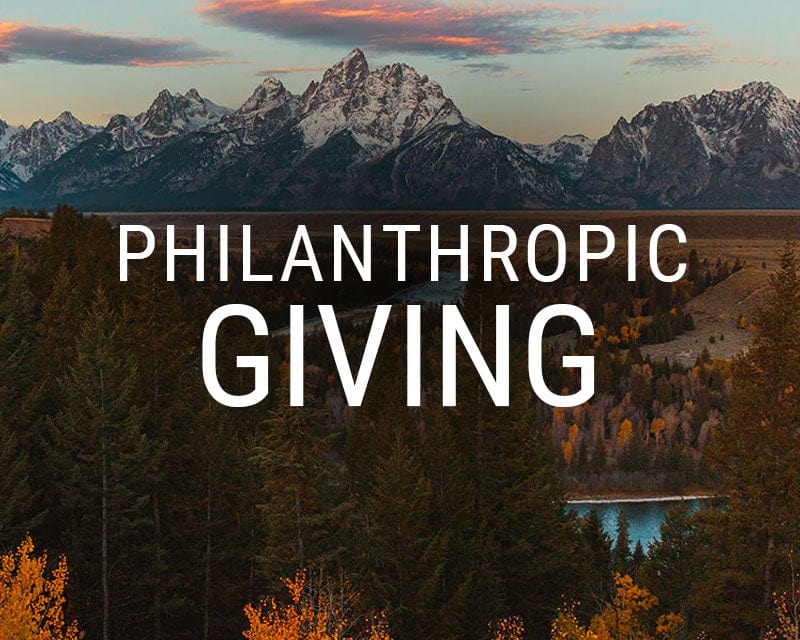
See how your support and leadership can help us fund reforestation efforts across the globe. Learn more
Learn
Read about stories from the field, interesting facts about trees and get your healthy dose of nature. Visit our blog
Comprised of lesson plans, learning modules, resources, and activities, our T.R.E.E.S. School Program is the perfect addition to your curriculum. Learn more

Read about stories from the field, interesting facts about trees and get your healthy dose of nature. Visit our blog

Comprised of lesson plans, learning modules, resources, and activities, our T.R.E.E.S. School Program is the perfect addition to your curriculum. Learn more
Shop
Our fan-favorite Reforestation T-Shirt. Wear it with pride to show your support of reforesting our planet, one tree at a time. Shop now
Give the gift that lasts a lifetime! Choose an image, write your personalized message and select a delivery date to gift a tree. Gift a tree

Our fan-favorite Reforestation T-Shirt. Wear it with pride to show your support of reforesting our planet, one tree at a time. Shop now
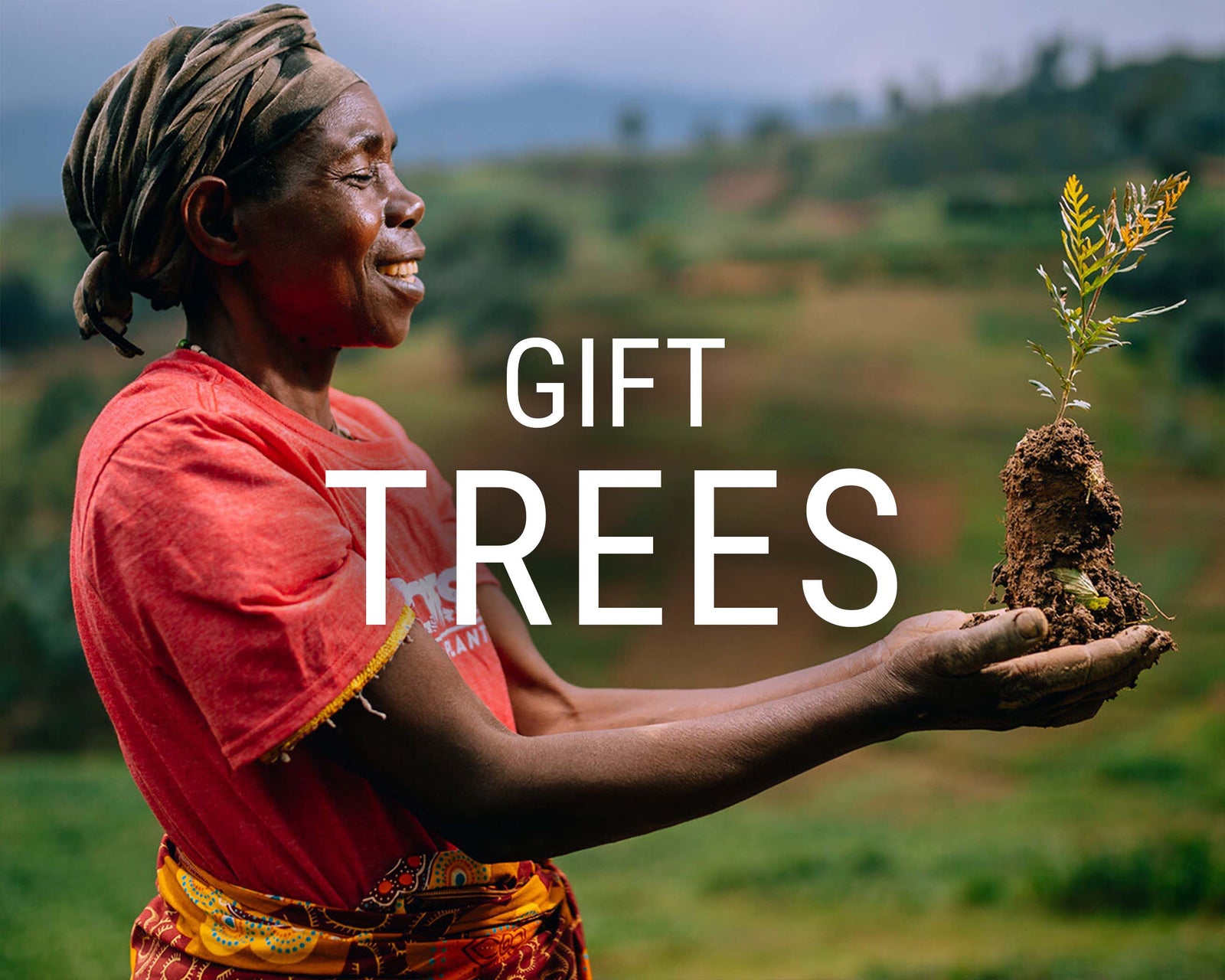
Give the gift that lasts a lifetime! Choose an image, write your personalized message and select a delivery date to gift a tree. Gift a tree
Get Involved
Plant Trees
15 Amazing Trees to Remind You Why Nature is Awesome

Get news, updates, & event Info delivered right to your inbox:
For thousands of years, trees around the world have been visited, worshipped, and celebrated. While we are happy to talk about the benefits of trees, there are many other qualities that draw people to connect with specific trees, including their beauty, longevity, medicinal qualities, or even mythical legend passed down through generations.
From cleaning water to cleaning the air we breathe, trees have also been known to spark inspiration for poetry, stories, and art. Do you have a favorite type of tree? If not, you might after reading this.
Here Are 15 Amazing Trees From Around The World
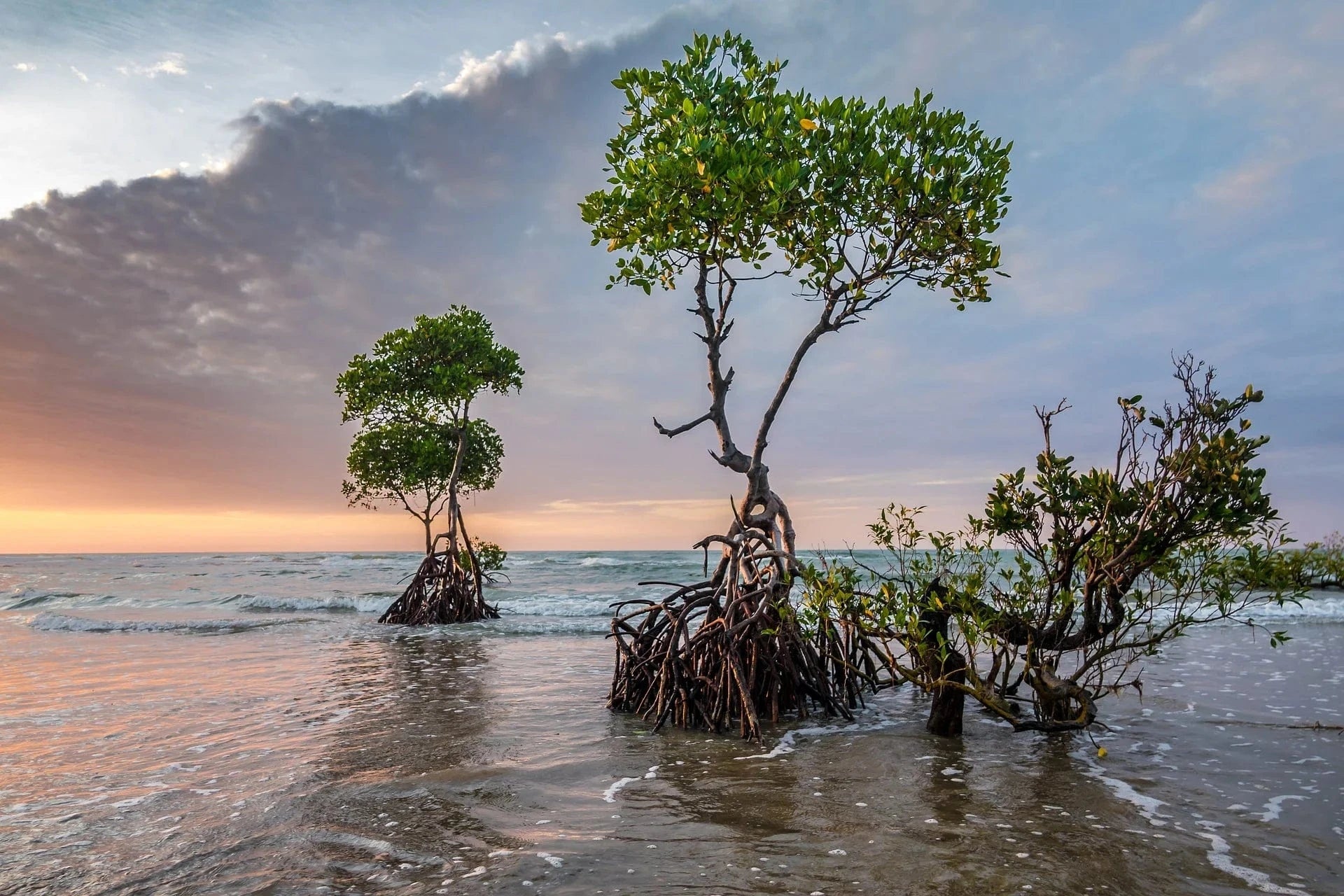
1. Mangrove Trees
Mangrove forests are a group of trees and shrubs that grow along sheltered subtropic and tropical coastlines. To thrive in this harsh environment, mangroves have a unique ability to grow within reach of the tides in salty soil. They must also adapt to soil that lacks oxygen, because their roots are often submerged.
Mangroves are also part of the most biologically complex ecosystems on the planet. Within their complex submerged root systems, mangroves offer protection to fish and other aquatic creatures.
Mangroves also play a very important role in protecting coastlines from storms and rising waters — which are becoming increasingly prevalent due to climate change.
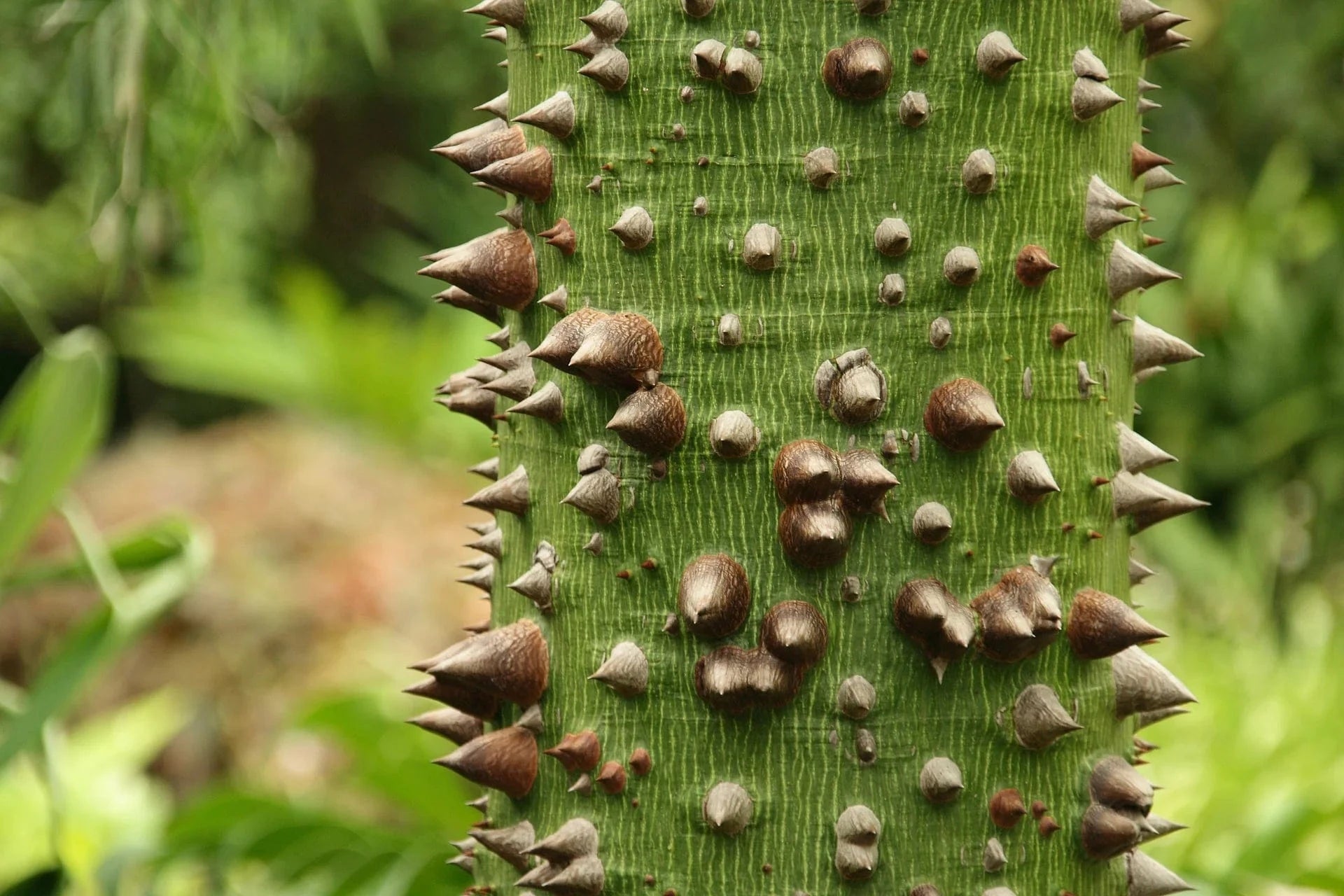
2. Kapok Tree
Kapok Trees (Ceiba pentandra) are very large trees when fully matured, able to grow up to 230 feet high and up to 10 feet in diameter.
Kapok are also known for their huge buttresses that grow upwards from the trunk and stay above land. Kapok's uniqueness lies in its large thorns, which protect the tree from predators. The Kapok is also known as the Silk Cotton Tree because it produces pods full of a light, fluffy fiber. This fiber has been used to fill lifejackets, sleeping bags, pillows, and mattresses.
The Mayan people of Mexico and Guatemala consider it a sacred tree, and it is the national tree of both Puerto Rico and Guatemala.
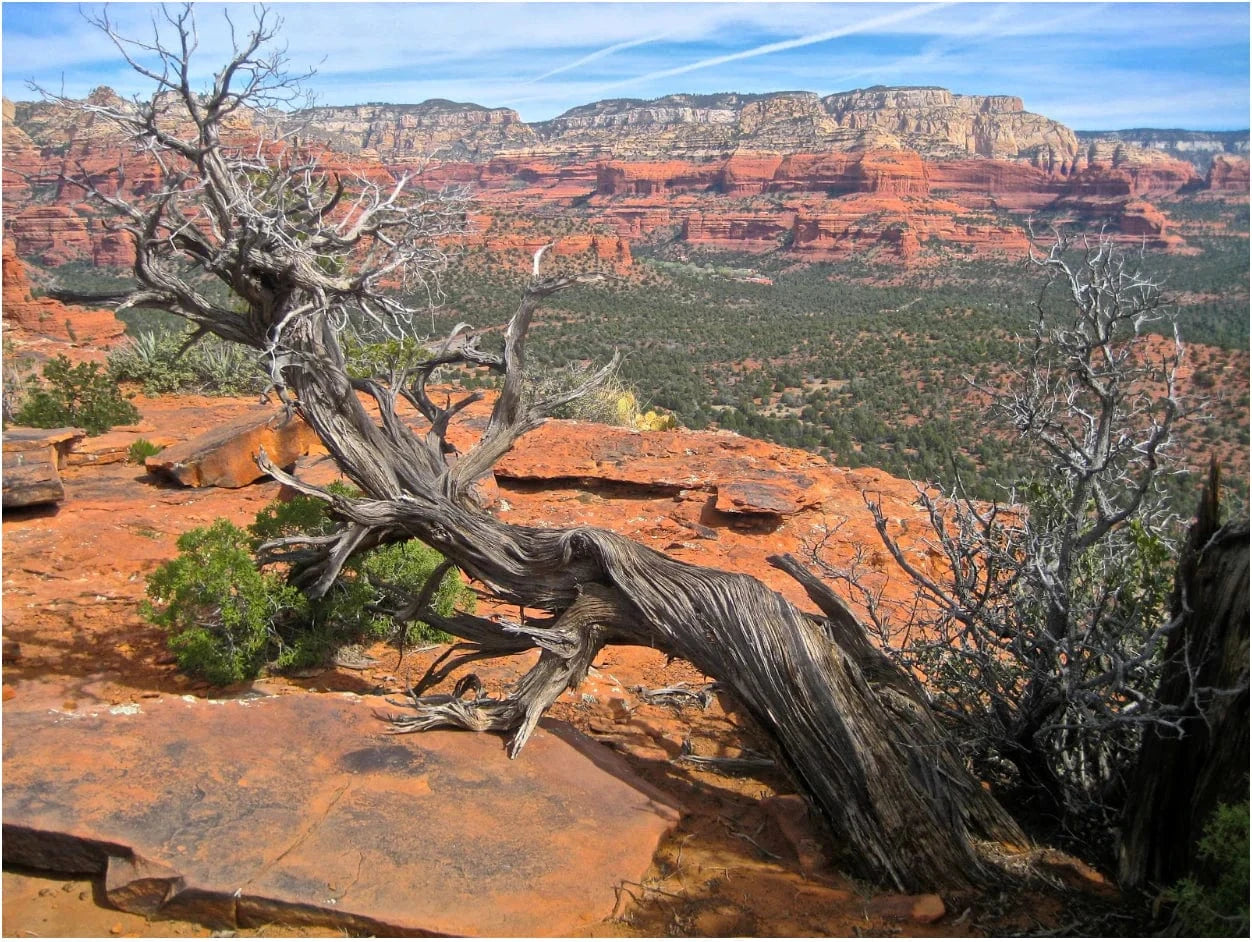
3. Juniper Trees in Sedona, Arizona
Check out these Juniper trees in Sedona, Arizona. Why do you think they twist like that? Maybe it’s to get more sun, but many locals and tourists believe it is due to mystical energy that comes from vortexes!
While many people are skeptical about the existence of vortexes, nearly 3 million people visit Sedona, Arizona every year to see if they can benefit from the healing energy. Many say they leave feeling recharged and inspired. A physical sign that you are near a vortex is the twisting of a Juniper tree.
Believers say that the Juniper tree uniquely twists along with the swirling energy of a vortex. If you spot these twisty trees, you just might be in the presence of a vortex. Or, it is possible that the tree has been hit with strong winds.
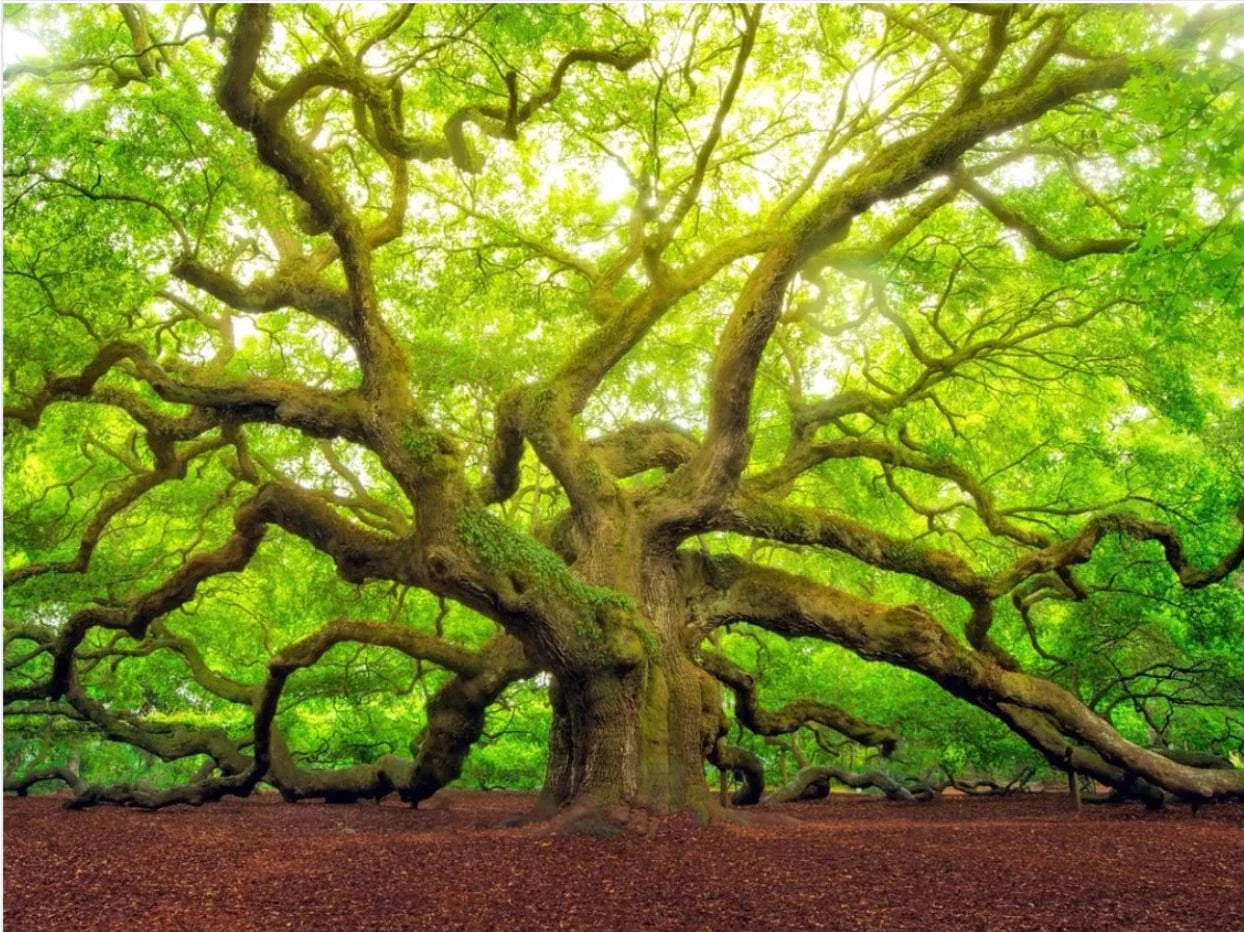
4. Angel Oak Tree
Whoa, now that's an incredible tree! The Angel Oak Tree is located on St. John’s Island, South Carolina, and is one of the state’s most visited landmarks. It is said that at over 500 years old, the Southern Live Oak could be one of the oldest living things east of the Mississippi!
Because of its age, the tree is above average in height, reaching over 65 feet high. Its longest branch extends 187 feet, and some branches even drill back into the ground and begin to grow back upward.
Known by many locals as “The Tree”, members of the community and visitors hold a deep respect for the oak. So much so that in 1991 there was a huge public support for the City of Charleston to purchase land surrounding the tree to ensure that no future developments put the tree in jeopardy.
Whether it is its massive size or the folklore surrounding the tree, many visitors are said to have profound feelings when they approach this tree, wouldn't you?
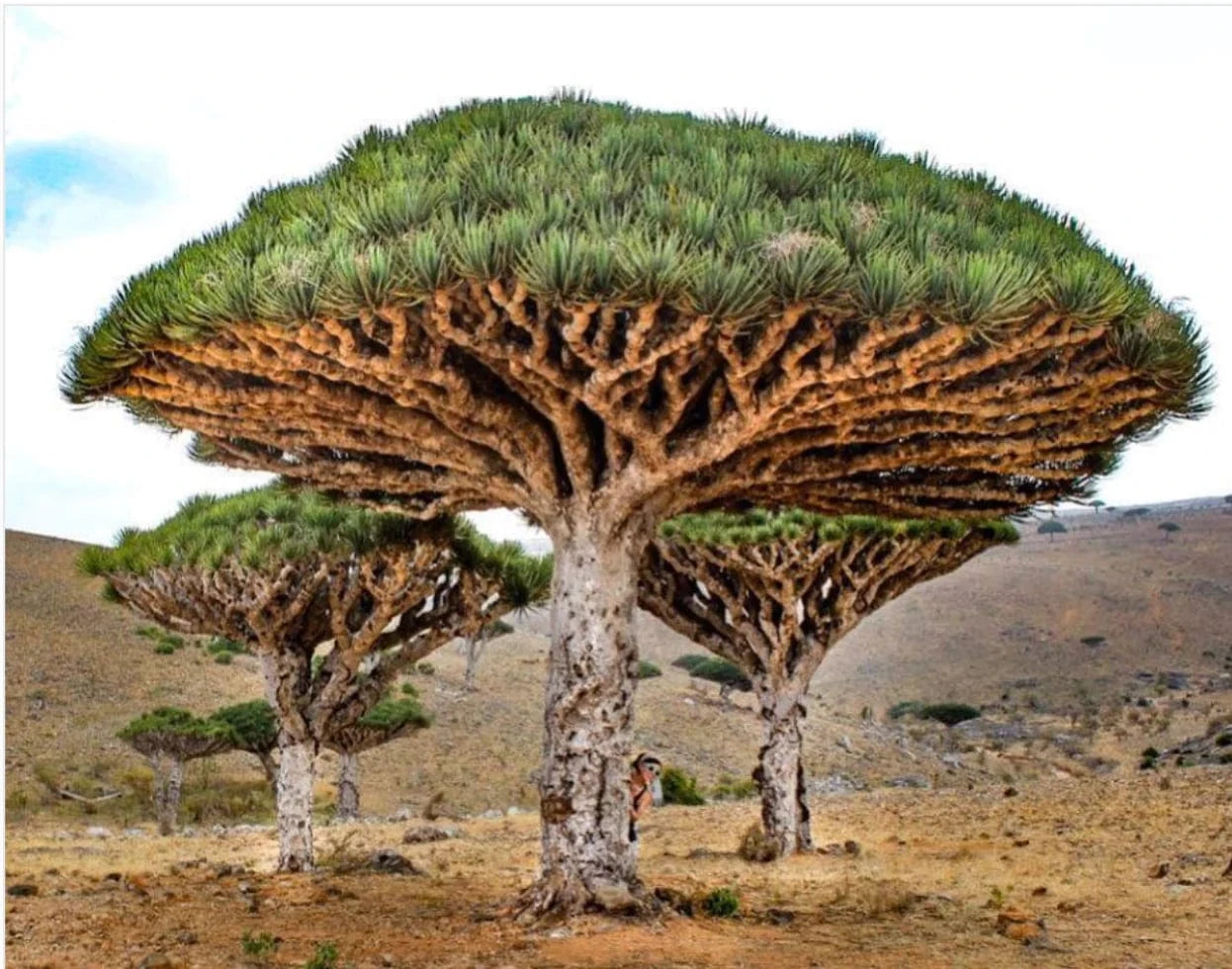
5. Socotra Dragon Tree
The Socotra Dragon Tree, also known as a Dragon Blood Tree, can only be found on the island of Socotra, Yemen.
Out of 825 species found on the island, 37% are endemic — meaning they can only be found in this one location. Visually the tree is very unique with its umbrella shape and exposed branches that reach for the sky. Its shape allows the tree to collect and absorb mist that passes over the island.
What makes this tree even more interesting is the red resin inside of the tree’s trunk, which is the reason it is called the Dragon Blood Tree. Local legend says that the first Dragon Blood Tree was created from the blood of an injured dragon that had been fighting with an elephant. When the tree is sliced open, it will actually bleed a deep crimson color.
The resin has been harvested for hundreds of years for medicine, varnishes, and dyes. Only experienced harvesters are allowed to extract the resin from the tree, as it puts the tree at jeopardy if it is not done correctly.
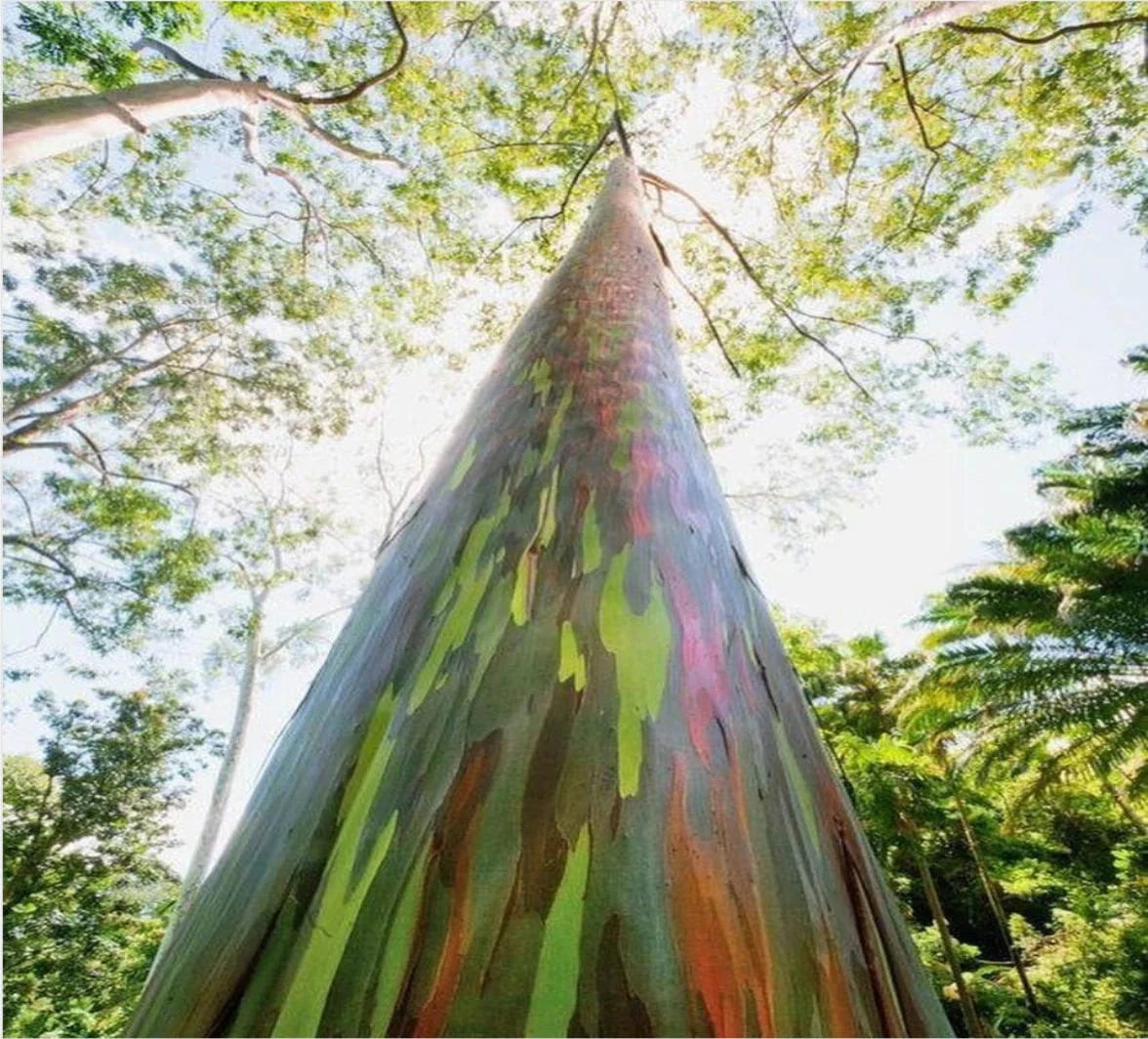
6. Rainbow Eucalyptus Tree
WOW, just look at those colors! The Rainbow Eucalyptus tree is often referred to as a “living work of art” because of the range of colors that it displays.
The tree sheds bark in vertical strips that reveal a bright green color underneath. The green begins to morph into other brilliant colors, including blue, purple, orange, and maroon. Areas of the tree shed at different times causing the tree to look like a Rainbow!
Scientifically, very little research has been done to explain WHY the tree changes colors. Researchers believe that when the bark sheds, the tree’s chlorophyll is exposed, which gives off the bright green color. As the outer surface ages, it begins to fill with pigments called tannins.
A combination of the tannins and aging chlorophyll could explain why the Rainbow Eucalyptus is one of the most colorful trees in the world.
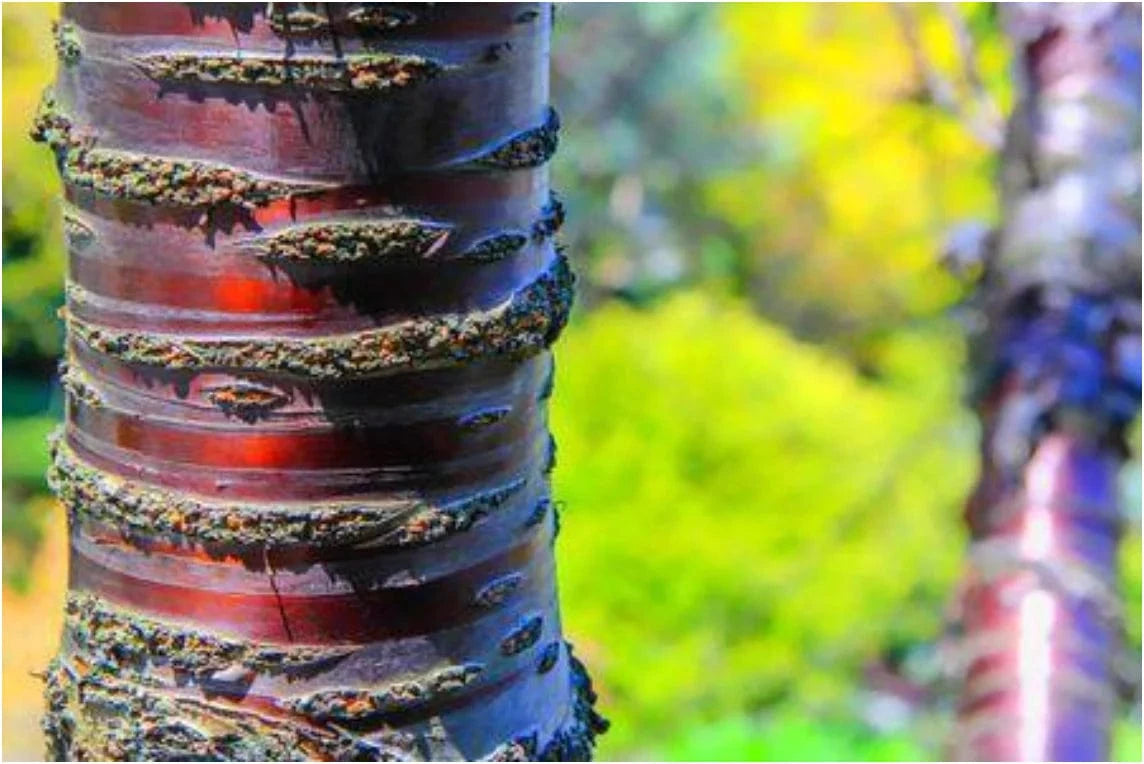
7. Tibetan Cherry Tree
Would you look at the color of that bark?! The Tibetan Cherry Tree is known for its gorgeous red coppery bark and pretty yellow foliage in the fall.
It is not an easy tree to plant because it is susceptible to borers and diseases, but this tree’s beauty could be worth the chance!
This tree is native to western China and, you guessed it, Tibet. It is considered an ornamental tree because it is usually planted for its beauty. In the spring the tree blossoms with delicate, white flowers. It does produce cherries, but they are not edible.
The Tibetan Cherry Tree is a great addition to parks and urban areas because it has a high tolerance for pollution. It is also a very fast-growing tree, which means it tends to shed its bark frequently but will shed less if you peel it by hand.
Photo Credit: Ramon Arizmendi
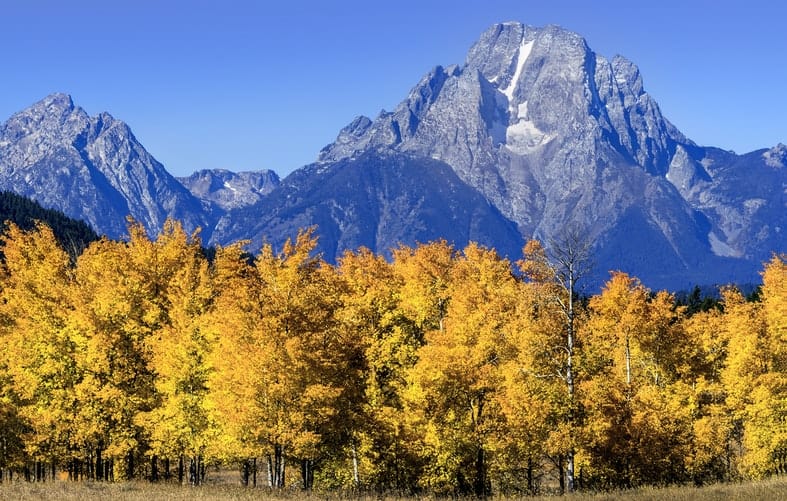
8. Aspen Tree
Let's take a moment to talk about how awesome ASPEN TREES are!
Did you know that they can actually prevent wildfiresfrom spreading? They have a high water content and provide a lot of shade, which allows the understory to remain cooler. When aspen are able to flourish in the forest, they create natural fuel breaks.
During wildfires, if firefighters see an aspen break, they can set up nearby to try to put out the fire. And after a fire they still thrive! Isn't that so cool? That's why Aspen is one of the tree species that we are planting in British Columbia to reduce the spread of wildfires.
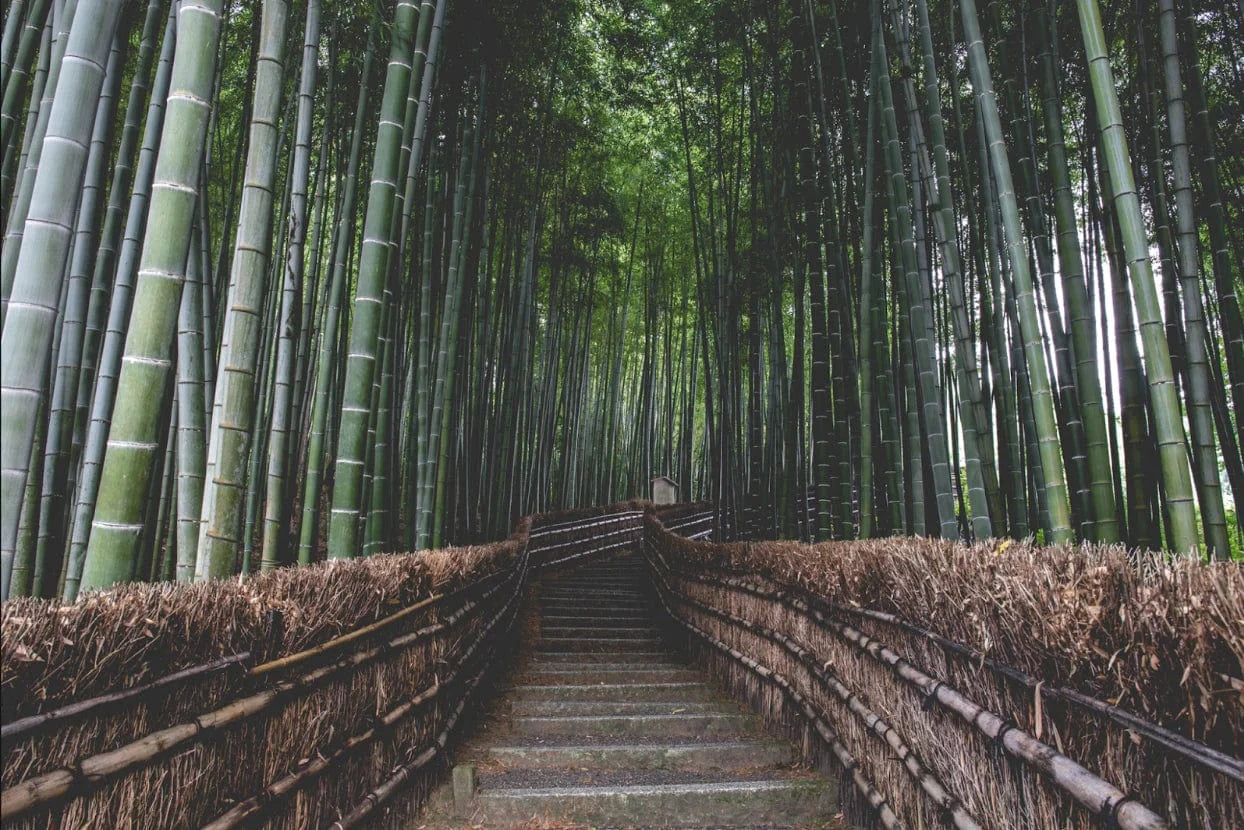
9. Sagano Bamboo Forest
All that green must be good for the soul! The Sagano Bamboo Forest is located on the outskirts of Kyoto, Japan. Visitors come from all over to visit this must see destination, a great spot for forest bathing.
One of the greatest draws to this bamboo forest is the natural soundscape. When the wind passes through the tall slender trunks, it creates tranquil noises of the trees knocking and leaves rustling.
Located right outside of the forest are major temples of Kyoto. Often, Buddhist temples and shrines can be found near bamboo groves, because bamboo is a symbol of good luck and strength.
When the sun shines through the densely packed trees it creates a stunning visual display. Is the Sagano Bamboo Forest on your bucket list?
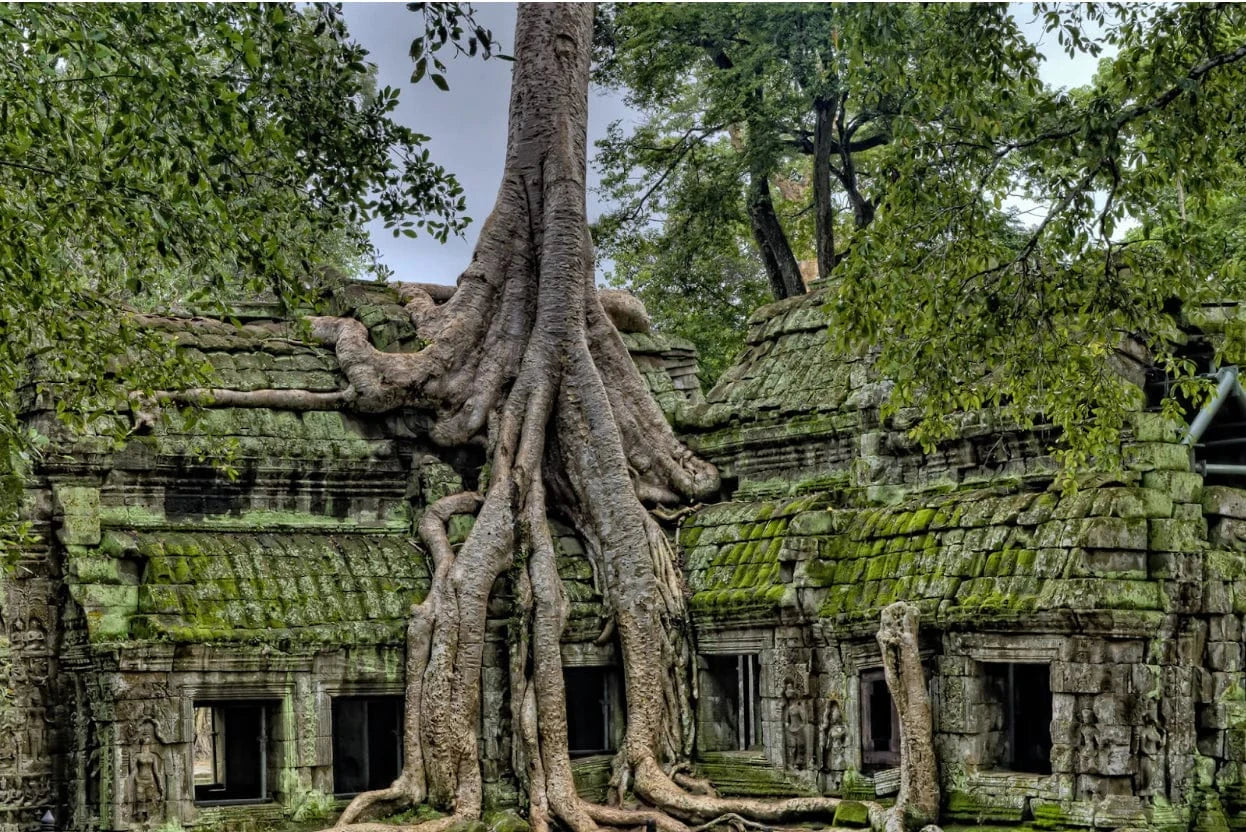
10. Strangler Fig at Ta Prohm
This photo really makes you realize the strength of a tree! This is Ta Prohm, a Buddhist monastery and center of learning that was built in 1186!
As you can see, this Strangler Fig tree has taken over the structure. The buildings were abandoned by humans, but the forests of Cambodia wasted no time moving in.
Many silk-cotton and strangler fig trees can be found rooted and winding in loosened stones of the temple. The structure was built as part of a larger temple, called Angkor Wat.
In the early 20th century, french archeologists rediscovered the buildings. While it may look like an untouched gem in the forest, it is actually maintained to ensure that visitors can safely witness its beauty. Isn't it amazing?!
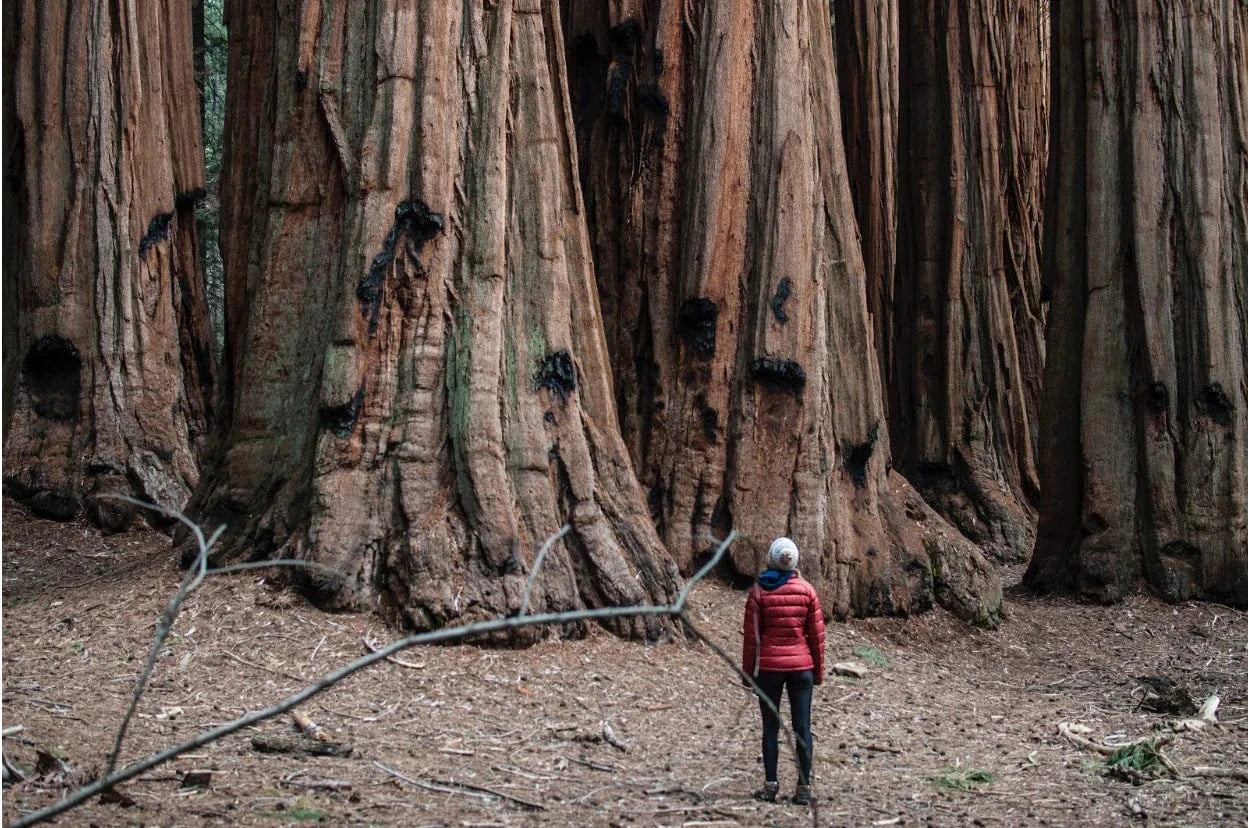
11. Sequoia Trees
That's a really big tree. In California’s Sierra Nevada mountain range, you'll find some of the planet’s largest trees. Sequoiadendron giganteum — or, the giant sequoias.
These grand trees can live for up to 3,000 years! Their branches can be up to 8 feet in diameter and their bark can be 3 feet thick. Some sequoias are as tall as a 26-story building. Does that put these amazing trees in perspective?
Aside from how massive they are, sequoias are very tough, too. They are able to resist fungal rot, wood-boring beetles, and their thick bark is perfect for warding off fire.
This is why they are able to live for so long. On top of all of that, they are home to MANY living things.
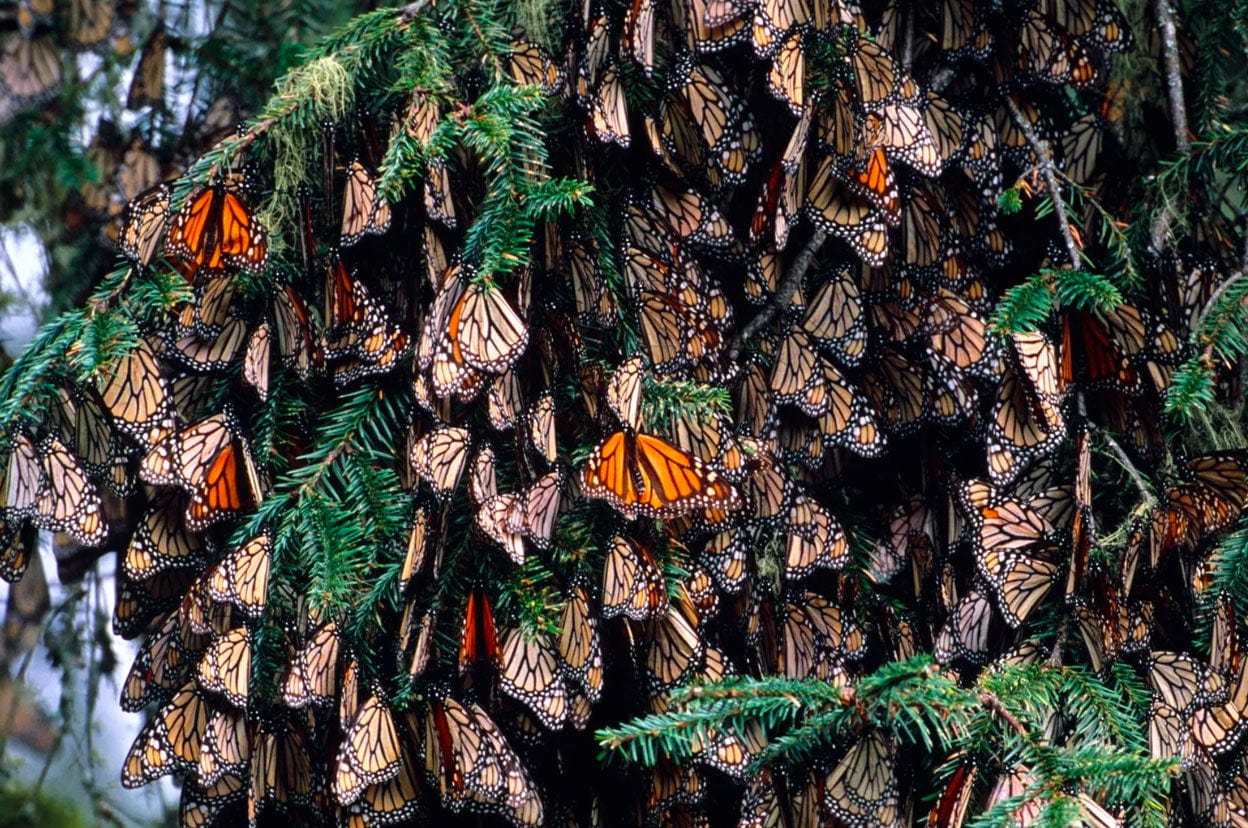
12. Trees of the Oyamel Forest
Can you imagine a forest entirely filled with butterflies?! It’s a thing!
The Oyamel Forest in Mexico serves as an overwintering sanctuary for Monarch Butterflies from Northeast America. MILLIONS of butterflies migrate there each year! It is not completely clear how the butterflies know how to get there, but scientists believe it is a mixture of a magnetic pull from the earth, and the positioning of the sun.
The butterflies only travel during the day, making it necessary for them to roost during evening hours. They find rest along the way among pine, cedar, and fir trees, whose canopies are bushy enough to create warmth.
The butterflies will also gather into large clumps among the trees to keep warm. In the morning, they will warm themselves in the sun and continue traveling to their destination: The Oyamel Forest. Once they arrive to the forest, they will reside there from about October to March, taking advantage of the ideal temperatures to get through the winter.
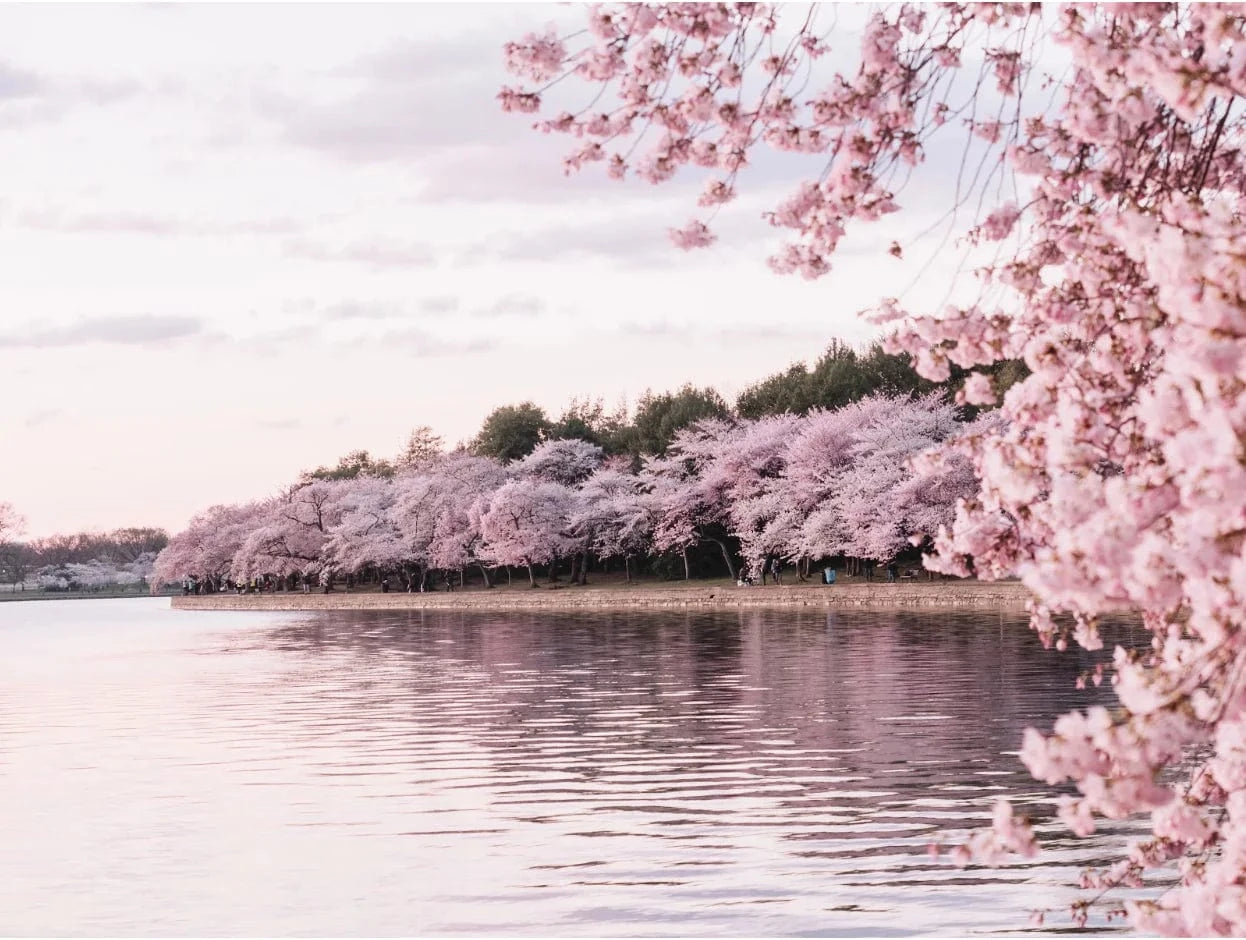
13. Sakura Blossom Tree
The Sakura or Cherry Blossom Tree belongs to the sub family Rosaceae. Although the tree can be found in the United States, it originally comes from Japan, where it is the most planted and beloved tree. The tree usually reaches peak blossom during mid-March and signifies spring for many.
A popular pastime in Japan is to sit beneath the blooming tree to eat and drink with loved ones. This is called Hanami, which means to look at the flowers.
The tree has deep meaning beyond its beauty. For instance, the flowers signify spiritual beauty and education. Doesn’t a picnic beneath all of that delicate pink in the beginning of spring sound delightful?
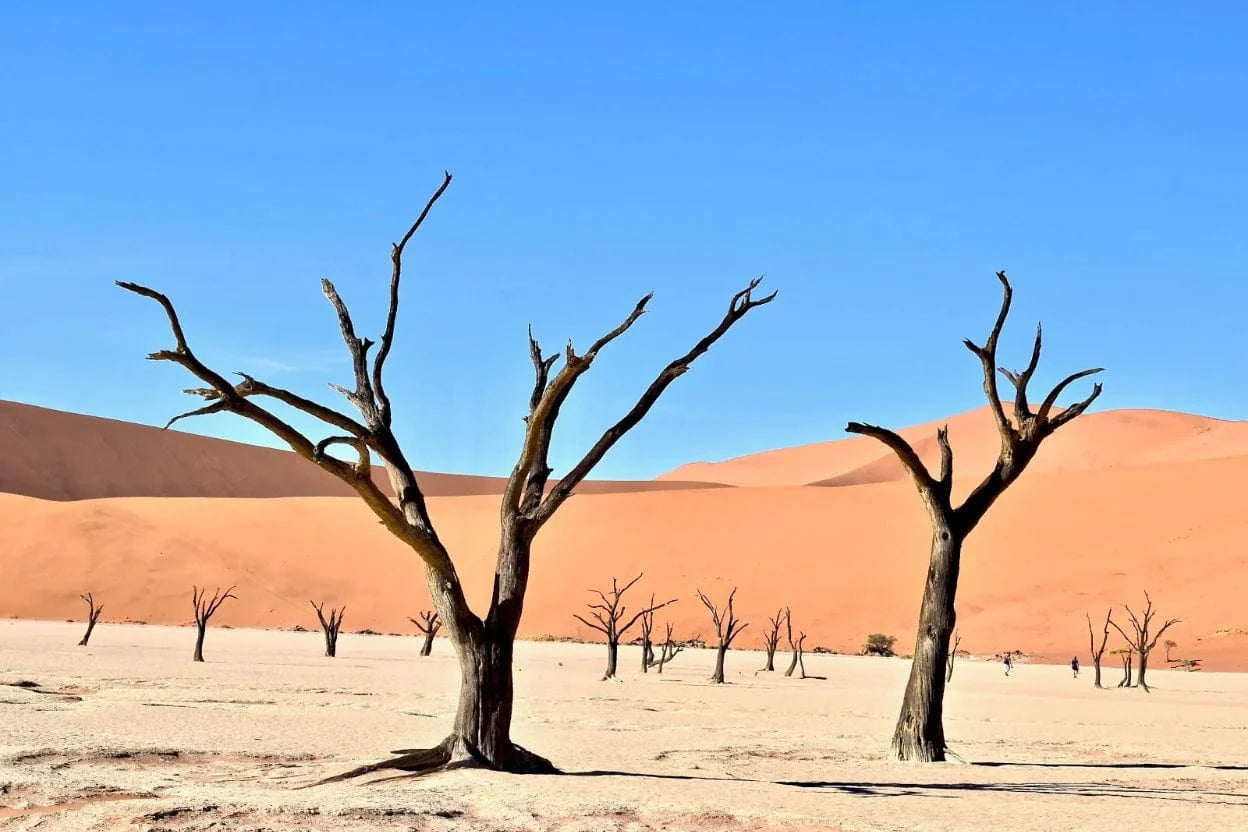
14. Trees of The Dead Vlei
The Dead Vlei translates to “dead marsh” and is located in the Namib-Naukluft National Park in the central Namib Desert.
It is among some of the tallest dunes in the world. The Dead Vlei once had a river draining into it, which nourished the trees that lived there. However, over 900 years ago, the surrounding dunes and drier climate blocked the river from getting into the Dead Vlei.
Even though this was unfortunate for the trees, a gorgeous landscape with contrasting colors was created. When the river no longer drained into the marsh, it actually became so that the trees couldn't even decompose.
This is why, today, we see the scorched trees that form a barren forest. These trees are now over 1,000 years old! Some call this place the 8th wonder of the world.
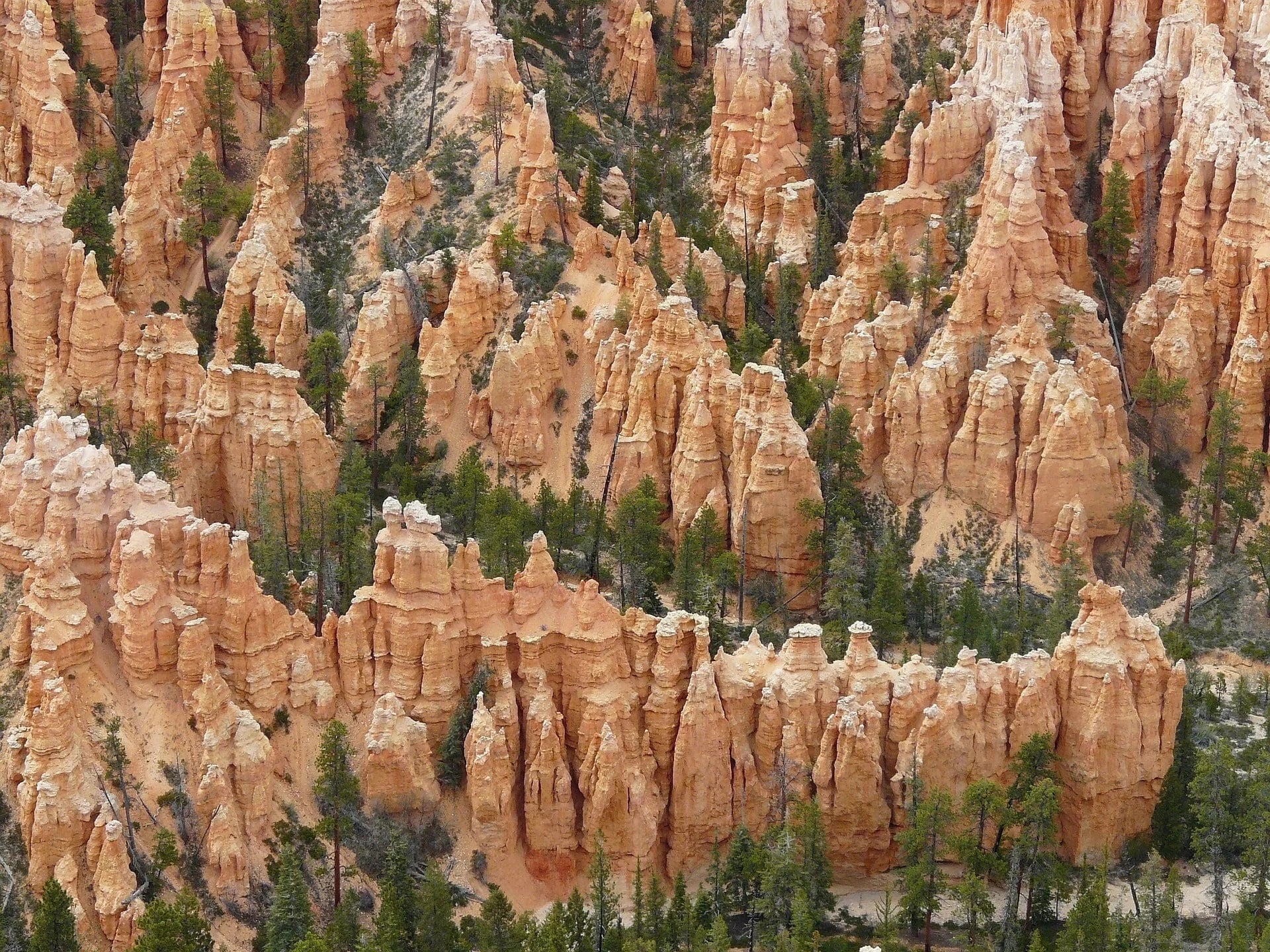
15. Ponderosa Pines at Bryce Canyon, Utah
Within Bryce Canyon’s crevices, you will find one of the Southwest's tallest trees: the Ponderosa Pine. It can grow as tall as 200 feet, with huge trunks that are 3-4 feet in diameter!
If you have the opportunity to wrap your arms around one of these big trunks, you might be surprised to find that the tree smells like vanilla or butterscotch! They can grow along mesas, inside canyons, and are sometimes found growing off cliffs.
Oddly enough, Ponderosas need forest fires to survive, because they prevent more shade-tolerant trees from taking over their habitat.
Smaller ponderosas probably will not survive a fire, but the larger trees have a fighting chance. In fact, even if one has been burned badly or lost its needles, the tree can still survive thanks to its highly flame retardant bark.
From umbel-shaped dragon's blood to towering ponderosa pines, we hope you enjoyed this list of amazing trees around the world.
Want to ensure that future generations will be able to enjoy everything that trees and forests have to offer? You can help by planting trees today!
Get news, updates, & event Info delivered right to your inbox:
Meaghan Weeden
Meaghan works to share our story far and wide, manages our blog calendar, coordinates with the team on projects + campaigns, and ensures our brand voice is reflected across channels. With a background in communications and an education in environmental conservation, she is passionate about leveraging her creativity to help the environment!
Related Posts
Good News! 7 Positive Environmental News Stories From July 2023
27/07/2023 by Gabrielle Clawson
5 Important Tree Species You Need to Know
27/07/2023 by Gabrielle Clawson
How Much CO2 Does A Tree Absorb?
25/07/2023 by Ross Bernet
Popular On One Tree Planted
8 Amazing Bamboo Facts
18/07/2023 by Meaghan Weeden
Inspirational Quotes About Trees
11/07/2023 by Meaghan Weeden
27 Ways to Prevent Climate Change
13/06/2023 by Meaghan Weeden





